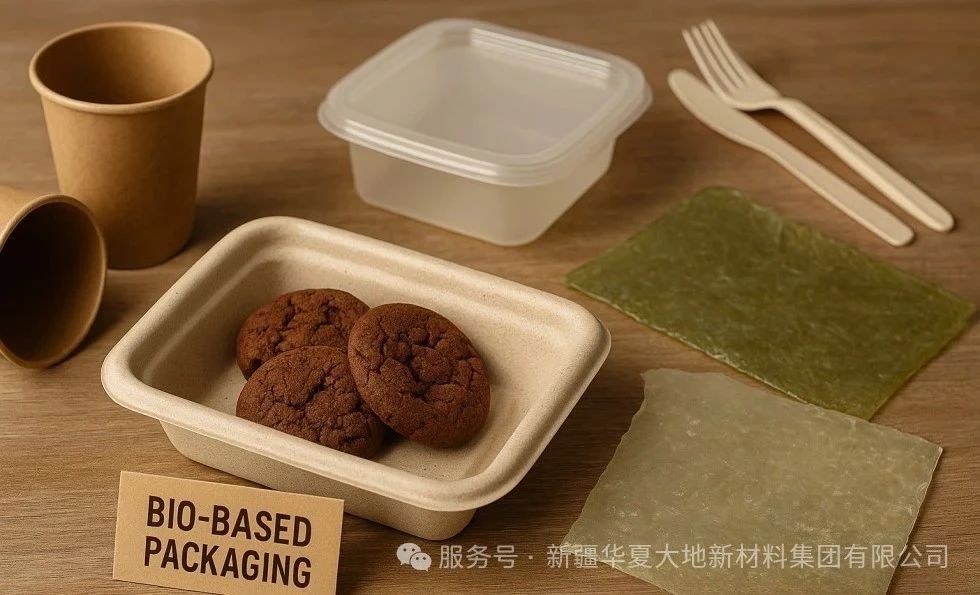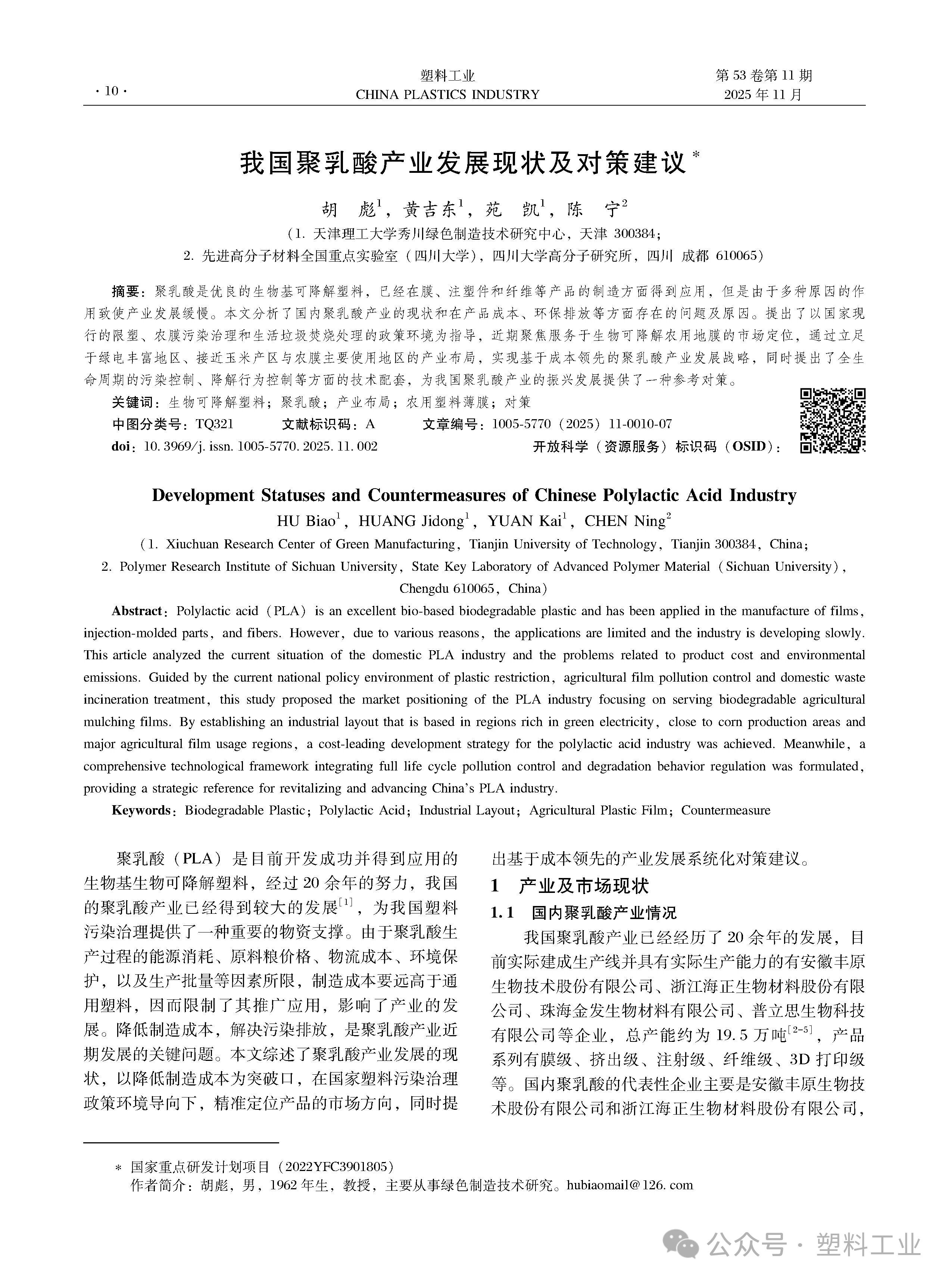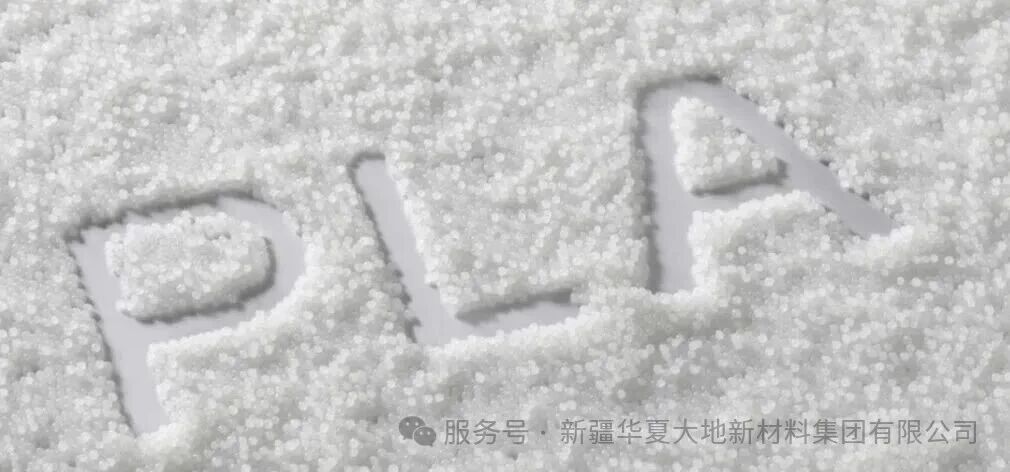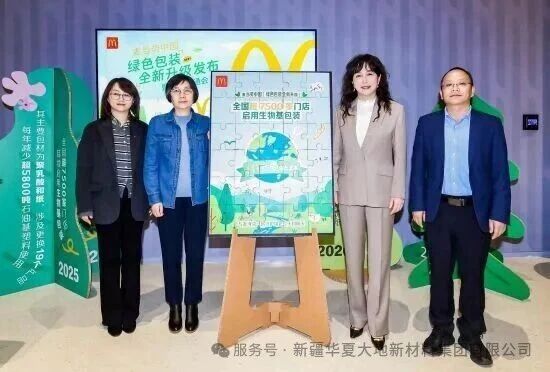As consumer demands and regulatory pressures collide with the increasingly urgent climate crisis, US food companies are under pressure to rethink one of their most persistent environmental challenges: single-use plastic packaging. While recycling and lightweighting efforts have achieved incremental results, the real breakthrough lies in the next generation of bio-based, food-grade packaging materials - currently, these materials are being accelerated through biotechnological innovation and industry-academia-research collaboration.
What is emerging is not only green and environmentally friendly, but also functional and safe, and increasingly in line with product integrity and sustainable development strategies.
1.Why are bio-based materials the next chapter of sustainable packaging?
Biobased packaging refers to materials derived from renewable biological resources, such as starch, sugars, seaweed, agricultural waste or microbial fermentation products, rather than fossil fuels. Unlike traditional plastics, many of these materials are compostable or biodegradable. However, for the food and beverage industry, the real obstacle has always been performance.
Emerging solutions are addressing long-standing challenges that involve:
Moisture-proof and oxygen barrier
Anti-grease property
Thermal stability
Shelf life preservation
Compliance with direct contact with food
Thanks to the advancements in synthetic biology, polymer engineering and precision fermentation, a large number of new materials are entering the research pipeline, and many of them have clear commercialization potential within the next 1-3 years.
2. Noteworthy Innovations in the United States (domestic)
Cornell University is developing high-permeability, biodegradable films made from biopolymers and cellulose nanocrystals, with the aim of enhancing the moisture protection for perishable products.
The Circular Bioeconomy Center at the University of California, Berkeley is conducting research on microbial fermentation to create biodegradable plastic analogues with food-grade coatings, specifically for applications in snacks and frozen main dishes.
Full Cycle Bioplastics (in California) is using food waste to produce PHA (polyhydroxyalkanoates). PHA is compostable and shows great potential in high-fat and protein packaging environments such as food packaging and meat trays.
Although Notpla is headquartered in the UK, it is currently collaborating with North American distributors to pilot a seaweed-based film. This film is oil-resistant and waterproof, making it highly suitable for use in seasonings, small bag packaging, and takeout applications.
3. The strategic value of food brands
For American food and beverage brands, these materials are not only sustainable, but also strategically significant. The main benefits include:
✅ Consistent with ESG and plastic reduction goals (especially for the scope 3 goals)
✅ Prepare for compliance with Extended Producer Responsibility (EPR) and plastic bans in California, Washington, and New York, among other regions.
✅ Improve consumer perception among Generation Z and Millennial shoppers who are seeking packaging transparency
✅ Gain a leading position in the areas where competition among material pipelines will be even more intense
4. What should the R&D and product leaders do next?
Evaluate the current gap in the food safety and sustainability performance of the packaging SKUs.
Interact with academic and startup partners - don't wait until the material becomes mainstream before taking action. Conduct pilot projects as early as possible.
Test the biological barrier film and coating in high-impact SKUs: snacks, frozen foods, single-serve items, ready-to-eat foods.
Conduct an investment shelf-life testing protocol to verify the new material under actual distribution conditions.
Conclusion: Biobased research is not a theory - it is a tactic.
The packaging of the future will be biobased, food-grade and performance-oriented. Although commercial adoption is still gradually increasing, research is advancing rapidly. Currently, the brands involved will simultaneously shape the technical standards and the sustainability narrative.
In a market where packaging can either be a burden or a signal of leadership, biotechnology innovation is the way forward.
5. Innovative Food Safety Packaging Based on Bio-based Materials
Key points: Centered on the United States | Food-grade performance | Emerging biotechnology-driven materials
Audience: Food and beverage researchers, sustainability leaders, packaging engineers
✅ Adopt
Technologies that can be immediately integrated and scaled for commercial use
Polylactic acid (PLA)
Derived from corn or sugar cane, it has been used in compostable trays, cups and packaging paper.
Approved by the FDA for contact with food; performs well in dry and cold applications.
Biological wax and paper-based oil-resistant barrier
Paper coated with natural waxes (such as soy wax and beeswax) is used instead of petroleum-based coatings.
Suitable for packaging baked goods, sandwiches and dried snacks.
Biodegradable; meets the sustainable development requirements of retailers.








